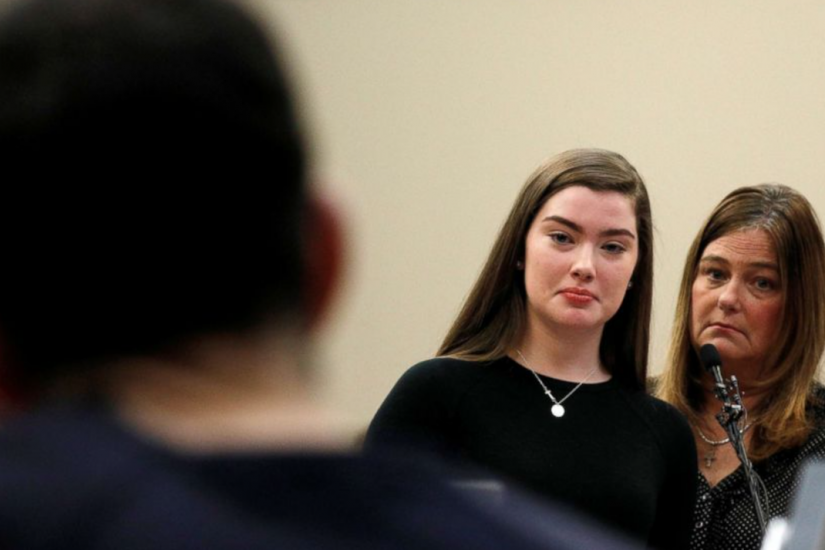Removing victims from criminal prosecutions had been the work of centuries; putting them back in has been the work of decades. In 1981, Reagan’s Justice Department appointed Carrington to a Task Force on Violent Crime and, in 1982, to the President’s Task Force on the Victims of Crime. Disavowing legal reasoning—“You cannot appreciate the victim problem if you approach it solely with your intellect” —the Task Force on the Victims of Crime recommended introducing victim-impact statements into sentencing and parole hearings. That year, a subcommittee of the Senate Judiciary Committee prepared a report called “The Right to Keep and Bear Arms,” establishing another means by which potential victims of crime could assert their rights: the subcommittee claimed to have discovered “clear—and long-lost—proof that the Second Amendment to our Constitution was intended as an individual right of the American citizen to keep and carry arms in a peaceful manner, for protection of himself, his family, and his freedoms.”
While gun-rights arguments met with objections, victims’-rights arguments generally did not. Many of the movement’s reforms—like requiring that courts notify victims of trial dates and allow them to attend—seemed sensible. Also, Carrington’s interests aligned with those of many feminists. For all the stability of the State v. Defendant regime, the courts had for centuries slighted crimes against women, whose powerlessness before the state—in the form of an all-male bench and bar—really did rival that of criminal defendants. At the time, most prosecutors and judges appear to have believed that marital rape was not rape, domestic violence was a family affair, and sexual harassment was part of life. Rape convictions were extremely difficult to obtain. Both law-and-order conservatives and women’s-rights activists sought more aggressive prosecutions of and stricter sentences for rape and sexual assault, along with broad protections for victims, by deploying the language of victims’ rights. In New York, for instance, the campaign for victims’ rights was led by the longtime civil-rights activist Elizabeth Holtzman. As a member of Congress, Holtzman introduced a bill in 1976 to protect rape victims from cross-examination about their sexual history, and a Victims of Crime Act in 1979. Later, as a district attorney, she established a crime-victims counselling unit and introduced victim-impact statements at sentencing hearings. “For too long, the criminal-justice system ignored or mistreated victims,” Holtzman said in a speech before the New York City Task Force on Sexual Assault in 1987.
Because victims’ rights is a marriage of feminism and conservatism, the logic behind its signal victory, the victim-impact statement, rests on both the therapeutic, speak-your-truth commitment of a trauma-centered feminism and the punitive, lock-them-up imperative of law-and-order conservatism. Arguably, this has been a bad marriage.
